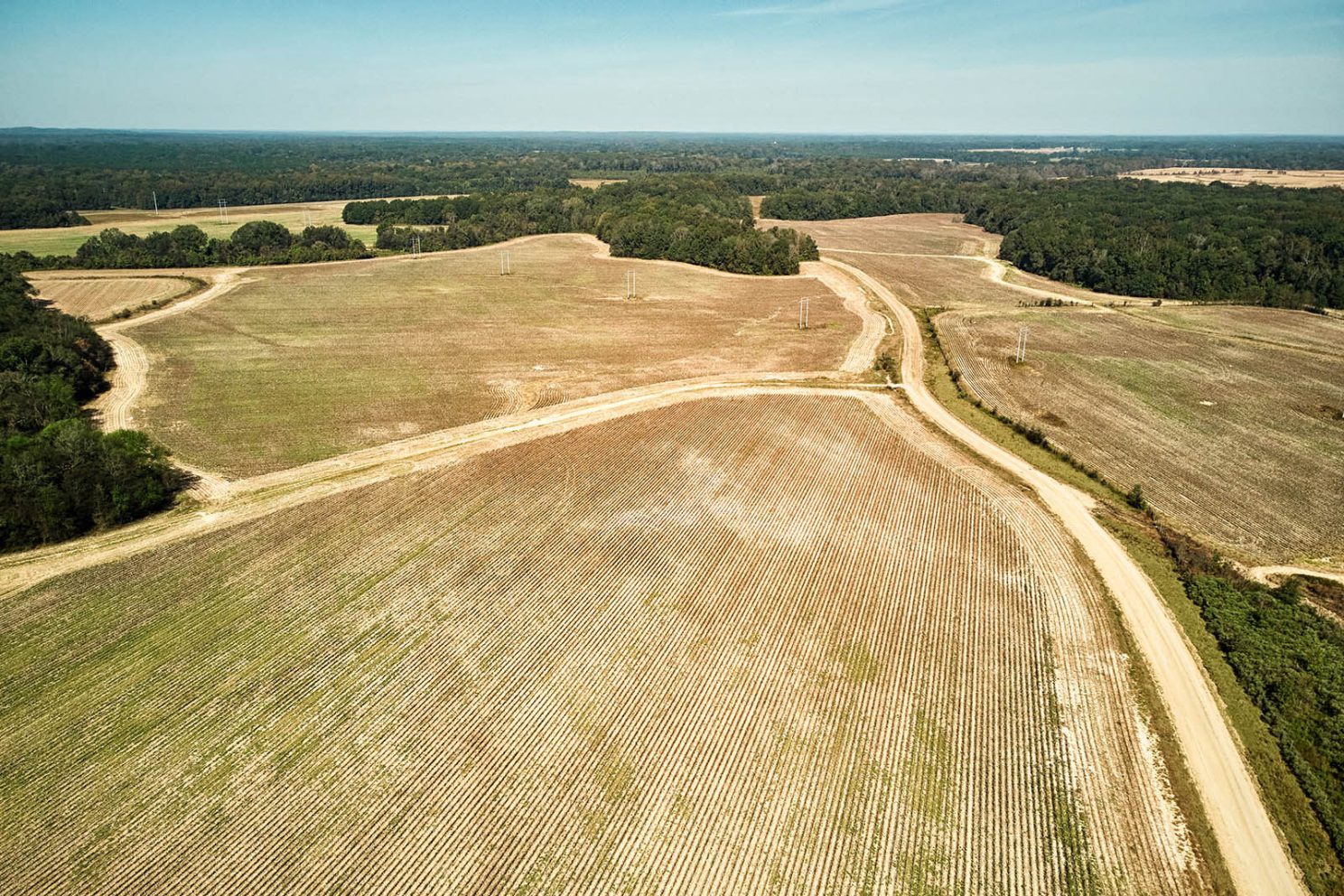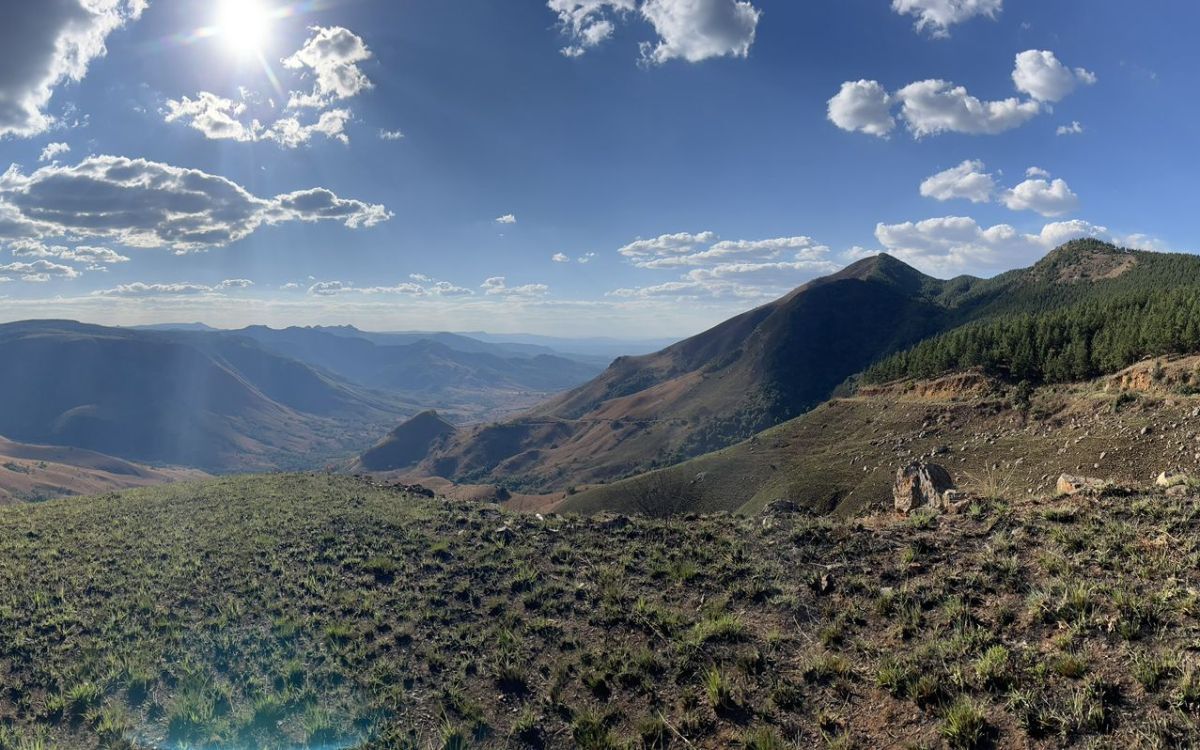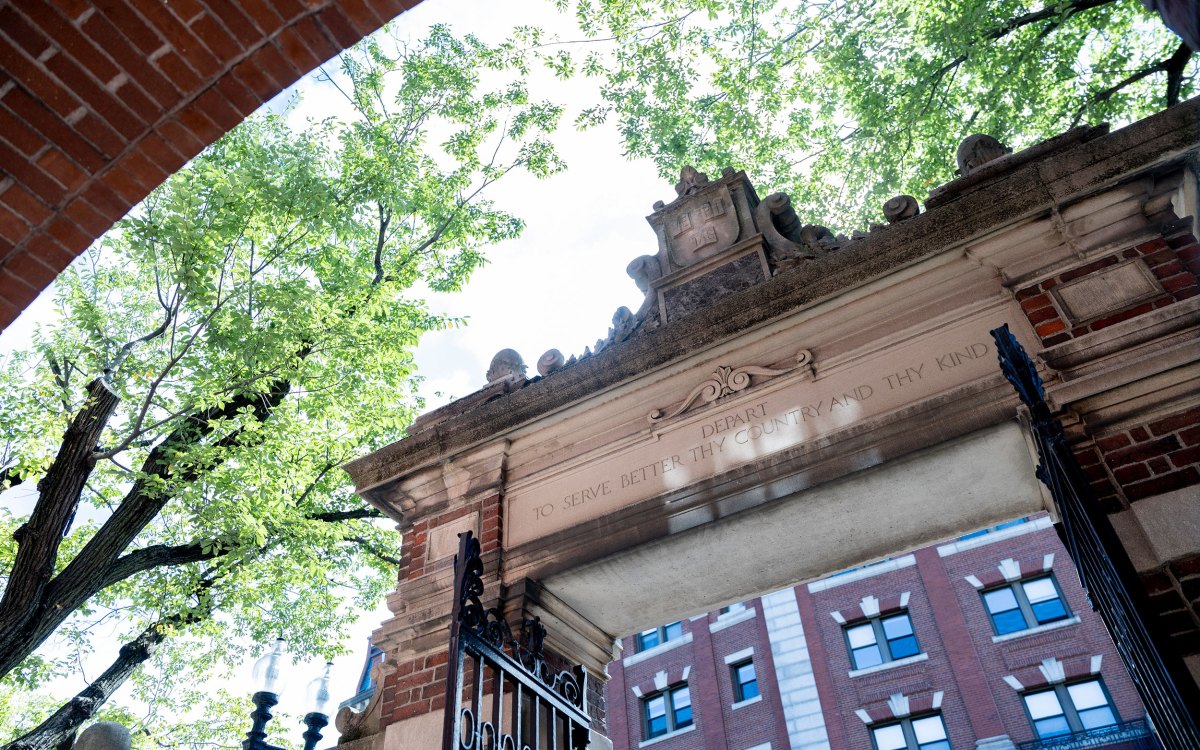Designing food security in America’s hungriest state

Agriculture is a $9.72 billion industry in Mississippi. Soy, cotton, and corn rank as one of the most lAgriculture is a $9.72 billion industry in Mississippi. Soy, cotton, and corn rank as one of the most lucrative cash crops in the state, with about 3.35 million acres harvested in 2022. Photo by Maggie Janik
Excerpt from an essay titled “Designing Food Security in Rural Mississippi” by Charles Shafaieh.
For nearly a decade, Mississippi has ranked as America’s hungriest state. Nearly 19 percent of its citizens — about 600,000 people — face food insecurity, including one in four children. This catastrophe is not the fault of geography. Agriculture serves as the state’s main industry, with about 34,700 farms operating across 10.4 million acres of fertile soil. The fault principally lies in a long history of exploitation, from the arrival of settler colonialists who identified its promise and built some of the South’s largest plantations to the continued privileging of crops grown for profit, like soy and hay, which perpetuates the legacy of slavery.
In his fall 2022 studio, “The Paradox of Hunger — Rural Mississippi,” design critic in architecture Cory Henry asked students to examine this crisis and investigate what mitigating role architecture and design could play. “In Mississippi, you have some of the most arable land in the country,” says Henry. “Over 30 percent of the state is farmland — a percentage which is growing — but the state consistently ranks as one of the most food insecure in the country.”
That land has attracted numerous out-of-state investment funds as well as wealthy Americans. It was only for sale, however, after being stolen from Black and Indigenous people, sometimes with the help of abusive policies. In these instances, profit motivates more than feeding local people: only 45,000 of those 10.4 million acres are devoted to fruits and vegetables. “A farmer told me that Mississippi farms value the green dollar more than the green for sustenance,” says Henry. As a result, the state imports most of its produce, which in turn is difficult for many to access due to a dearth of grocery stores. Dollar Generals, which do not sell fresh produce, are often the nearest source of food, particularly in rural areas.
This condition contradicts the dream Laurence C. Jones had in 1909 when he founded the Piney Woods School, the nation’s second oldest continuously operating Black boarding school, located about 21 miles southeast of Jackson. Jones’s mission was to teach formerly enslaved people not just how to read but also about food sovereignty. “We educate for the head, the heart, and the hands” remains a foundational motto. Occupying approximately 2,000 acres, about 10 percent of which is farmland, the school became an ideal case study for Henry’s students to translate their research on the multipronged roots of food insecurity into a concrete intervention at a specific site.





